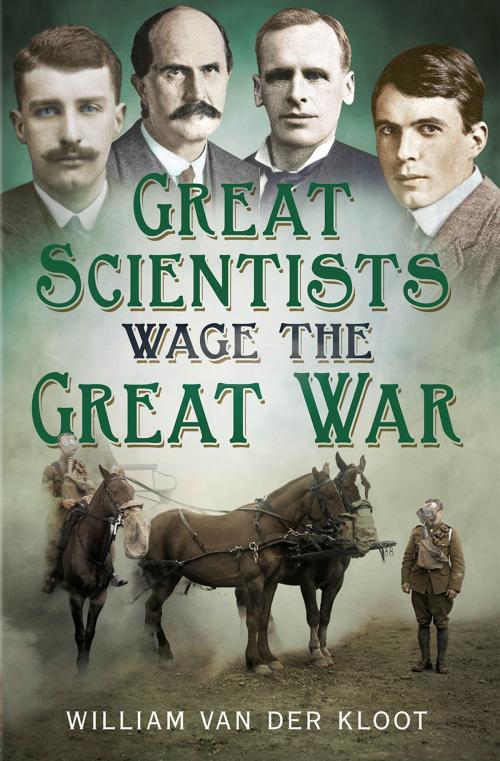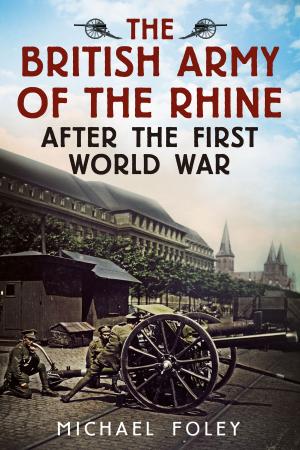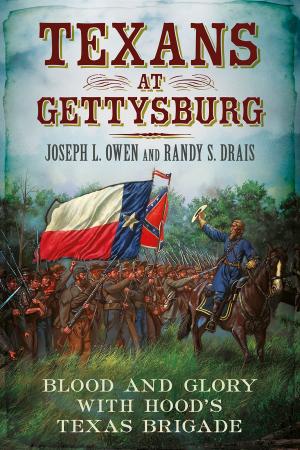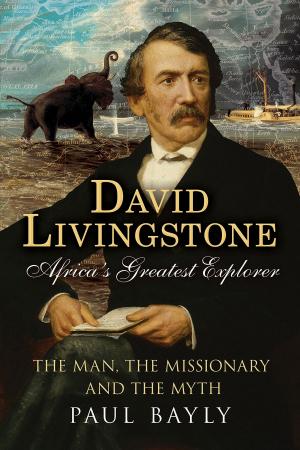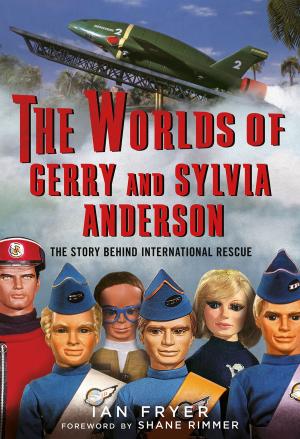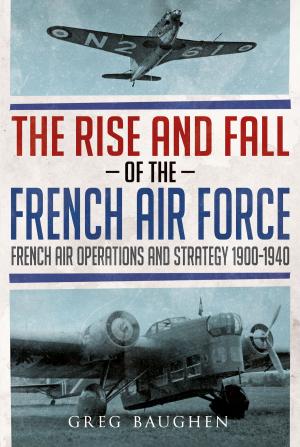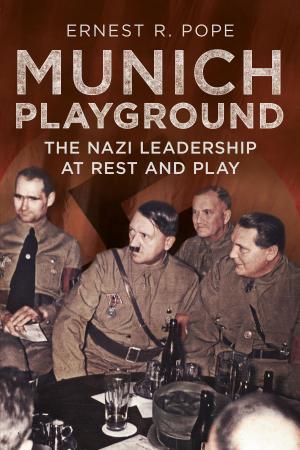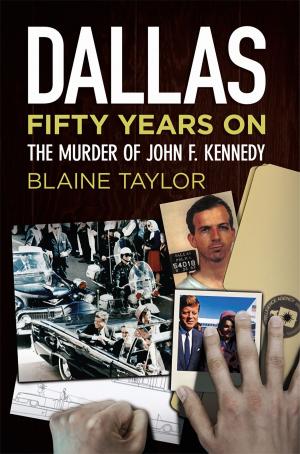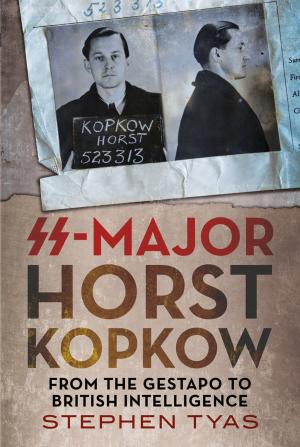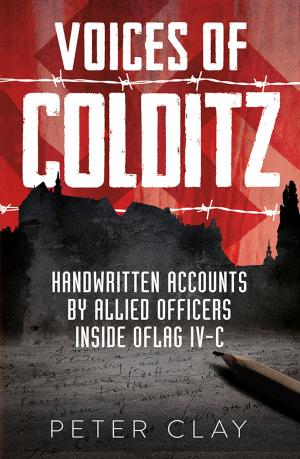Great Scientists Wage the Great War
Nonfiction, Science & Nature, Science, Chemistry, Clinical, History, Military, Strategy, World War I| Author: | William van der Kloot | ISBN: | 1230001519174 |
| Publisher: | Fonthill Media | Publication: | January 24, 2017 |
| Imprint: | Language: | English |
| Author: | William van der Kloot |
| ISBN: | 1230001519174 |
| Publisher: | Fonthill Media |
| Publication: | January 24, 2017 |
| Imprint: | |
| Language: | English |
The work of six great scientists and its impact on the war is described for general readers in this book. Lawrence Bragg pinpointed the position of enemy artillery pieces with sound ranging, which enabled British tanks to break through in late 1917 and 1918. His father worked with the French to develop high frequency echolocation; if the war had gone on longer sonar would have curbed the U-boats. Ernest Starling led a group that discovered the cause of wound shock and saved shocked men with artificial plasma. He utilized what was known about metabolism to ration food fairly in Britain while improving the poor s nutrition. Germans starved. Otto Hahn worked on poisons for gas warfare and devised and tested filters to trap the poisons. He also became an expert on tactics for breaking through enemy lines with gas. Chaim Weizmann and other chemists produced molecules essential for making high explosives; German chemists enabled their side to keep in the war. Anti-aircraft defence was developed by the physiologist A. V. Hill who led more than 100 scientists and mathematicians, youths or elders on either side of conscription age, who learned how to aim supersonic shells to explode near fast-moving targets. The final chapter shows how two of them prepared British science for its crucial role in WW2, while the German protagonist, who in the interwar years discovered nuclear fission the basis of the atom bomb remained on the side-lines longing for the defeat of the Nazis and after the war leading in the reestablishment of international science.
The work of six great scientists and its impact on the war is described for general readers in this book. Lawrence Bragg pinpointed the position of enemy artillery pieces with sound ranging, which enabled British tanks to break through in late 1917 and 1918. His father worked with the French to develop high frequency echolocation; if the war had gone on longer sonar would have curbed the U-boats. Ernest Starling led a group that discovered the cause of wound shock and saved shocked men with artificial plasma. He utilized what was known about metabolism to ration food fairly in Britain while improving the poor s nutrition. Germans starved. Otto Hahn worked on poisons for gas warfare and devised and tested filters to trap the poisons. He also became an expert on tactics for breaking through enemy lines with gas. Chaim Weizmann and other chemists produced molecules essential for making high explosives; German chemists enabled their side to keep in the war. Anti-aircraft defence was developed by the physiologist A. V. Hill who led more than 100 scientists and mathematicians, youths or elders on either side of conscription age, who learned how to aim supersonic shells to explode near fast-moving targets. The final chapter shows how two of them prepared British science for its crucial role in WW2, while the German protagonist, who in the interwar years discovered nuclear fission the basis of the atom bomb remained on the side-lines longing for the defeat of the Nazis and after the war leading in the reestablishment of international science.
